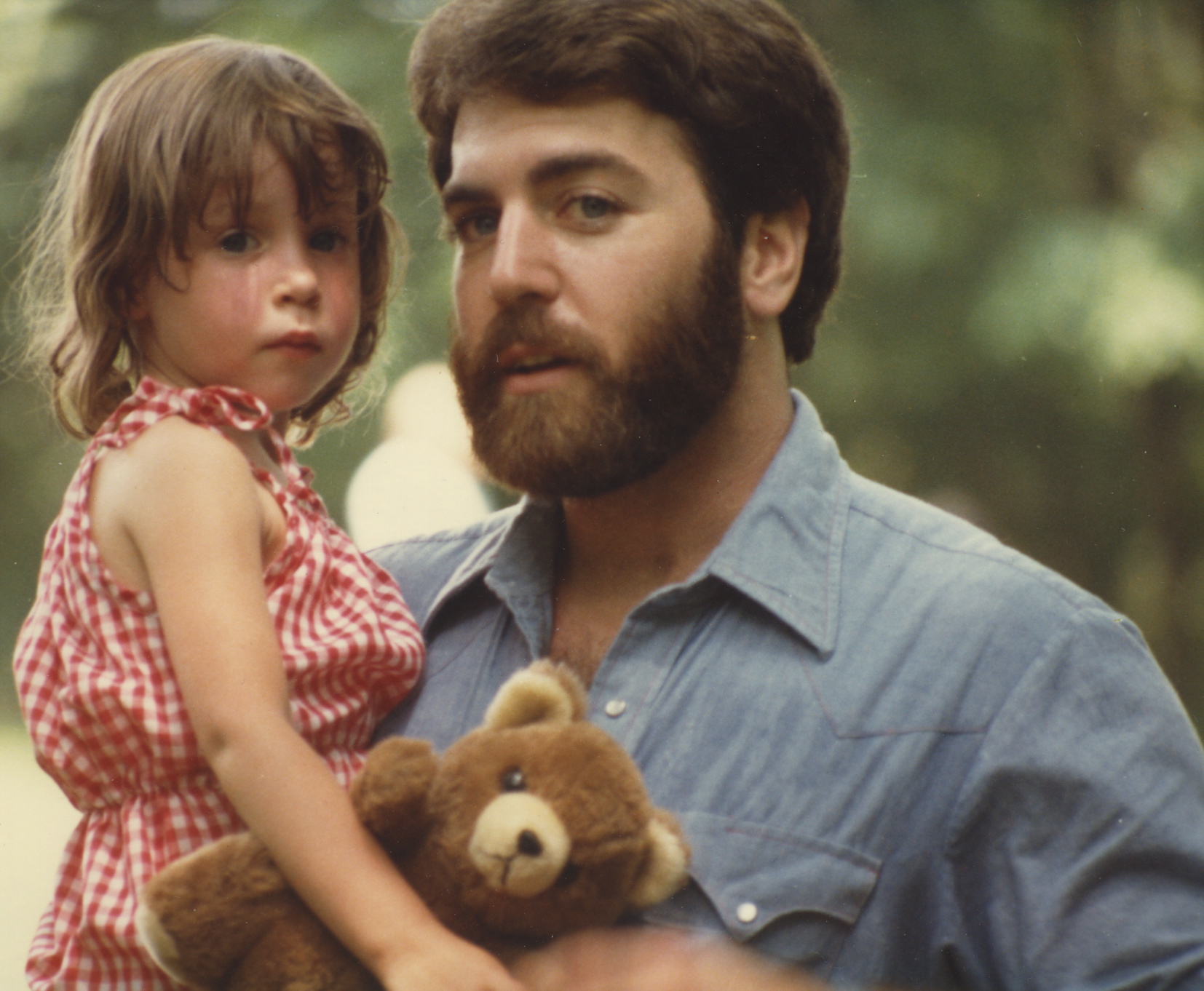Have you ever thought, “Well, maybe I should just give him what he wants so that I won’t have to deal with the impending tantrum”? If so, you’re certainly not alone. Dealing with the emotional outbursts our kids sometimes have can be disconcerting and stressful, especially when they activate our own emotional volatility.
Yet, it’s clear that a lack of boundaries causes children to experience heightened anxiety and other stress responses. So, how can we set clear boundaries AND reduce tantrums? And what about all of the feelings that come up when we witness our beloved children melting down?
The key to all of this is teaching children emotion regulation. But here’s the bad news, as with everything, our children learn far more from who we are and how we respond than they do from the words we say. So in order to teach our kids to regulate their emotions, guess what? We have to learn to regulate our own emotional states.
And regulating emotions is a LOT easier said than done. Luckily, I have some tips that will get you started on the right track. And once you’ve had a taste of meeting your child’s outbursts with composure, I’m pretty sure you’ll stay the course. It’s super empowering to know that we can choose our feelings (most of the time) and that we don’t have to get triggered by our kids’ freak-outs.
I’m currently reading “Peaceful Parent Happy Kids: How to Stop Yelling and Start Connecting” by Dr. Laura Markham and I highly recommend it. Yesterday I highlighted a quote from Dr. Markham. “Usually in parenting, and in life, the best response to upsetting emotions is to reflect, not react. In other words, don’t take action while you’re triggered.”
I don’t know about you, but this was a profound insight for me. When I’m triggered my job is to STOP and reflect on what’s going on for me and to avoid taking any actions toward my child. That way, I’ll minimize the likelihood that I’ll damage our relationship and maximize my modeling of emotion regulation.
So here are some first steps to take if you struggle with emotional outbursts:
1) Begin to notice which emotions trigger you most. For some, anger is the scariest, but for others, sadness or anxiety can send them into an emotional tailspin.
2) Now identify specific incidences where you were triggered and you didn’t respond in the way you would have liked. For instance, during bedtime, I sometimes get so frustrated with my daughter’s wiggling that I threaten to leave the room. Not my finest hour, but a perfect opportunity to notice my triggers.
3) Next, imagine what it might look and feel like to be more composed and calm during a future similar incident.
4) Make a plan for how you’ll calm yourself. Breathing deeply and tuning in to my feelings and needs works for me. But perhaps you’d rather shake your body, dance, or do some sort of grounding exercise.
Then, during a future episode:
1) Remind yourself that your upset isn’t coming from your child’s behavior, rather it’s coming from your past experiences (and probably from a childhood experience) and now it’s a trigger for you.
2) Recognize that you’re triggered and choose NOT to act. Instead, reflect on what’s coming up for you and allow your child to express her emotions unfettered.
3) Do the calming activities you’ve decided upon.
4) Tell your child, “It’s OK to cry.” Or “I’m right here if you need me.” Or “I understand, you’re really upset about this.”
5) Don’t give in to any urge to let your child have what they want just to get them to stop screaming.
And during a future peaceful moment:
1) Talk to your child during a calm moment and share your intention to yell less, be less punitive, or whatever your specific goal is. And share with your child about your own challenges with emotions. Let them know that they’re not alone in their inability to cope with big feelings and reassure them that you’re on it. Remind your child that it’s your job as their parent to help them learn better coping skills.
2) Internally acknowledge any failures as progress toward your goal and celebrate your successes with your child. “Remember how upset I used to get when you cried? And now I can sit with you peacefully, even when you’re really upset. You helped me learn to do that!”
3) Reevaluate your rules to make sure you’re only setting the boundaries that really matter to you. If it seems like an arbitrary rule, throw it out and let your child know about the change during a relaxed moment.
This is such a huge topic, far too much to cover in one article. But I hope these suggestions are helpful and I would love to share more! Feel free to contact me anytime.
And have a lovely week, Shelly


